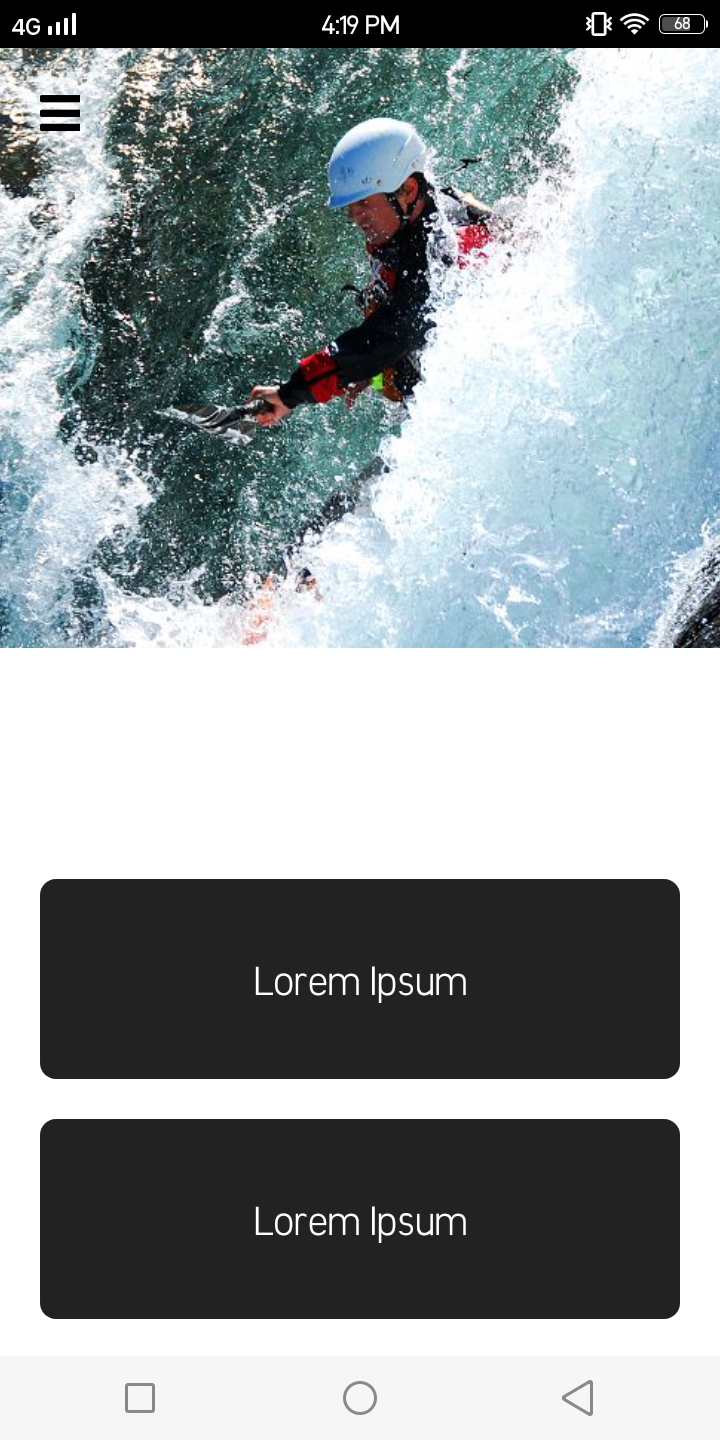

Today, parallax scrolling (PS) is one such design strategy employed by designers in an effort to create a great UX for their website visitors.Īt the time of this writing, a quick search on Google for the term “parallax scrolling websites” yielded over two hundred thousand search results showing websites currently exploiting this technique to enhance the appearance and interactivity of their website and engage their visitors. Taking this into account, product designers have gone to great lengths in the design of their products to ensure a pleasurable UX. Garrett (2006) proposed UX as an instrument for creating customer loyalty and thus should be the objective of every retail product. Proponents of UX regard it essential for the success of any product (Kujala, Roto, Väänänen-Vainio-Mattila, Karapanos, & Sinnelä, 2011). This relationship, which has been dubbed “user experience” (UX), has evolved into a core principle of design and product development. Over the past few years, the field of human-computer interaction (HCI) has seen a shift of focus from product utility to the affective experience users have when interacting with a product. User experience, UX, website design, parallax scrolling, usability, satisfaction, user preference As a result, this potential risk to participants raises some ethical issues that UX practitioners and web designers should consider when planning to implement parallax scrolling.

In spite of these benefits two of the participants suffered motion sickness and experienced significant usability issues while interacting with the parallax scrolling website. The results of the study also showed parallax scrolling to be more effective when used in a hedonic and fun context. Participants believed that the parallax scrolling website was more fun than the non-parallax scrolling website. An independent samples t-test revealed significant differences between the two groups in regards to perceived fun. One group of participants (N = 43) interacted with the parallax scrolling website, whereas the second group (N = 43) interacted with the non-parallax scrolling website. Eighty-six individuals from a large Midwestern university participated in the research. We hypothesized that parallax scrolling would positively influence each of these five variables and subsequently the overall user experience. Researchers attribute this pleasurable user experience to the fulfillment of the following variables: usability, satisfaction, enjoyment, fun, and visual appeal. In addition to its ability to engage users with a website, advocates of parallax scrolling claim that it improves user experience. This scrolling technique creates the illusion of depth on a webpage by making the background images move slower than the foreground images. Parallax scrolling is becoming an increasingly popular strategy in web design.


 0 kommentar(er)
0 kommentar(er)
